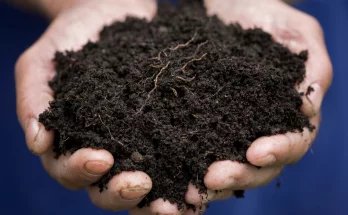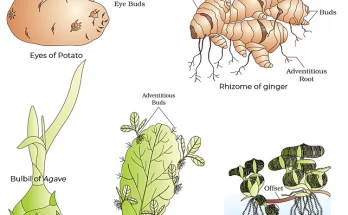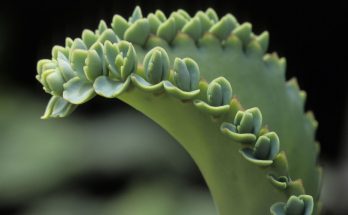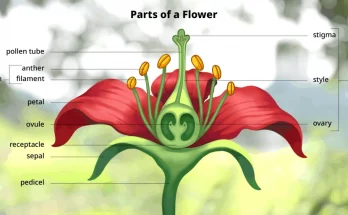
Transpiration- Its Role in the Hydrologic Cycle
Explore the vital role of transpiration in the hydrologic and water cycles. Understand how plants contribute to the movement of water, impacting cloud formation and precipitation. Learn about factors like temperature and wind that affect transpiration, making it a key player in the Earth’s water balance.
Transpiration- Its Role in the Hydrologic Cycle Read More





